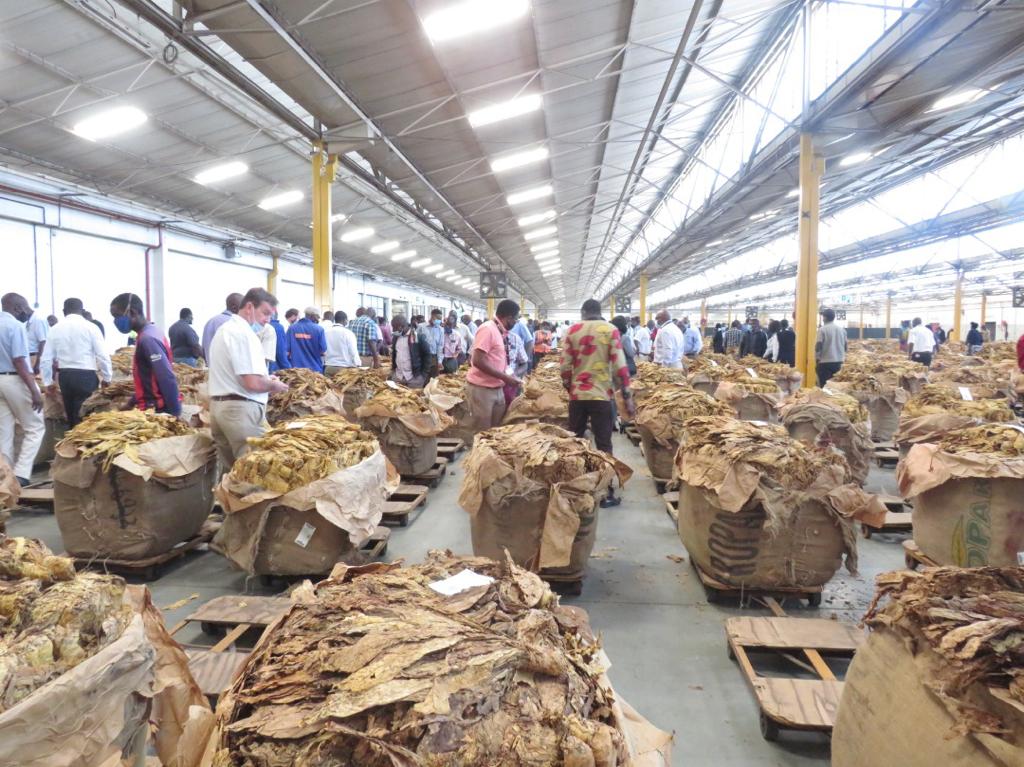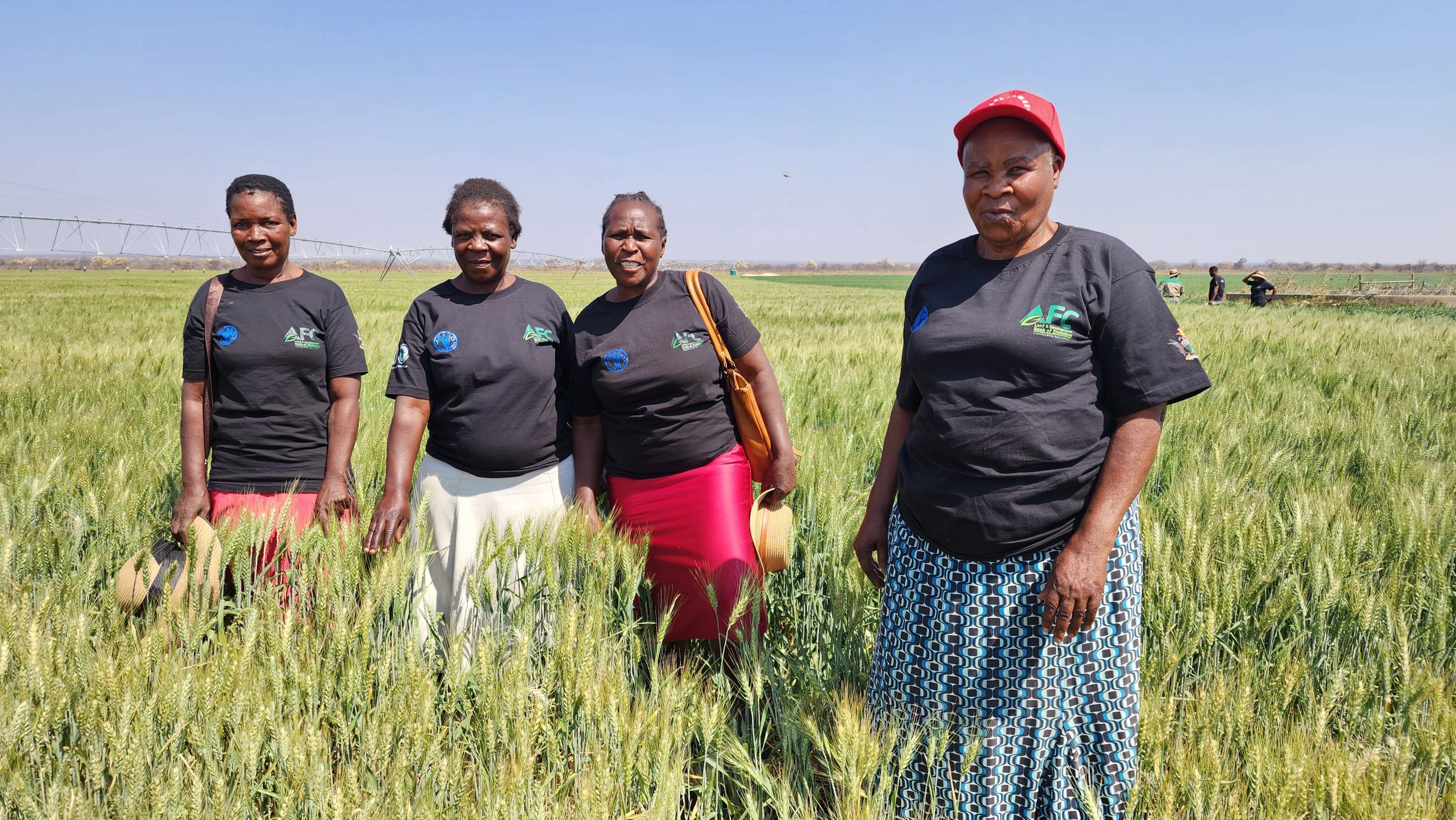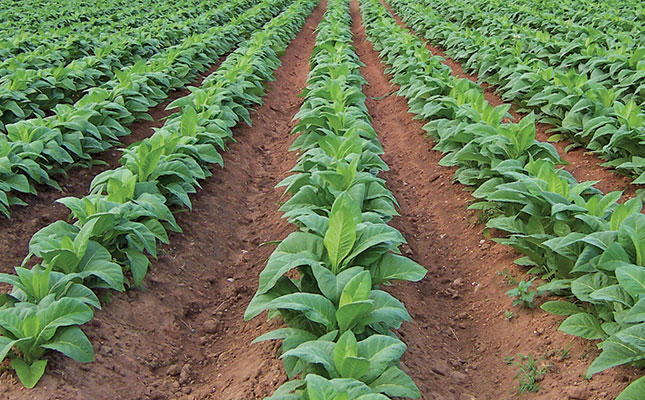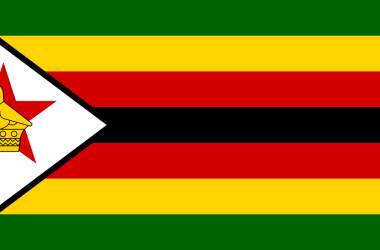Urgent lessons from Zimbabwean commercial agriculture for the global climate change negotiations
By Andrew Newsham, Toendepi Shonhe and Tsitsidzashe Bvute

The release of the most recent report by the Intergovernmental Panel on Climate Change, ahead of the COP26 global climate change talks to be held in Glasgow in November, has brought sharply into focus the vanishingly small timeframe left for coordinated global action on climate change.
Matthew Paterson pithily summarised the key takeaway from the report in a recent article in The Conversation. To avoid highly dangerous, possibly irreversible changes to the climate regime, “global emissions need to peak by around 2025 and then plunge rapidly towards zero”.
Yet even the message that profound change must be achieved very soon is superseded by the immediacy of climate impacts already experienced on a planet which has warmed by 1.1°C since 1850-1900. In 2021, Temperatures of 49.6°C recorded in the Canadian town of Lytton – which was all but destroyed by wildfires shortly thereafter – or the intensity of deadly flooding in Zhengzhou, China, are prompting concern that the pace of climate change is even quicker and more dangerous than current model projections suggest.
Much less publicised, but with lessons for the climate talks, is what is already happening in Zimbabwe, ranked in the top 20 countries in the world most affected by extreme weather from 2000–2019. Some Zimbabwean agro-ecological regions have experienced between three to six bad rainfall seasons from 2014–2019 alone. In a country in which agriculture is so important economically and culturally, these impacts are acutely felt. They also come against a background of changes to Zimbabwe’s climate observed since the 1980s, manifesting principally via hotter average and maximum temperatures, a rainy season shortened by 30 days across much of the country and an increase in the number of dry spells of up to 20 days during the rainy season.
Our research in Zimbabwe, conducted under the auspices of the Future Agricultures Consortium, documents the impact of these changes on farmers growing tobacco as a cash crop near Mvurwi, in the Mazowe district of Zimbabwe. Owing to the high mortality rates of smoking, tobacco would not be everyone’s choice of cash crop to promote, but it is seen by some as a route to poverty reduction. Indeed, a growing number of commentators view tobacco production as a kind of ‘success story’ for the fast-track land reform programme undertaken in the early 2000s. It is, at the very least, an important counterpoint to the prevailing narrative of blaming land reform for the collapse of commercial agriculture in Zimbabwe. Production levels of tobacco have almost recovered to above the pre-land reform levels, in particular owing to its take-up by small-and medium-scale farmers.

Tobacco floors 
Tobacco farmers feel the heat
However, climate impacts – in combination with a broader array of social, political and economic factors – already threaten the viability of tobacco production. Our key finding is that, when rain fed rather than irrigated, tobacco is one of the riskiest crops that can be grown, both from a climate and a commercial perspective, even on land which, agro-ecologically, is well-suited to the production of tobacco. Predictably, the higher the level of access to irrigation and other resources, the better able farmers are to weather the impacts and reduce climate-related production risks.
And beneficiaries of land reform in Mazowe do seem, to varying degrees, somewhat better able to adapt to the new climate realities. Yet the risks are greatest especially amongst those farmers, predominantly in government-owned communal land, for whom the crop is already a marginal and precarious undertaking, and who are often among those most in need of the cash, assets and stability that tobacco can provide. Increasingly, farmers who do not have access to irrigation and inputs, often tied into contract farming arrangements which pay far below the market rate for tobacco produced, are abandoning the crop. In the poor rains of the 2019-20 season, many in our communal area fieldsite found themselves dependent on food aid.
Of course, these difficulties are not solely caused by climate change. Its effects coexist and mingle with an ongoing array of processes: chronic economic instability and recurring bouts of inflation over four decades; the sharp reduction in agricultural extension provision in recent decades; a clientelistic approach to the provision of input subsidies; the effects of Covid-19 on tobacco production and sale; the low placing of Zimbabwean farmers in international tobacco value chains. This last point links to the underlying dynamics fundamentally implicated in both climate change and social injustice. Zimbabwean farmers find themselves incorporated on adverse terms into global relations of capital which, in effect, sanction environmental degradation as an accumulation strategy, precisely through the way in which value is created and concentrated in the upper echelons of the tobacco chain. Globally, agriculture remains one of the biggest contributors to greenhouse gas emissions. It is no coincidence that much production continues to promote the commodification and consumption of nature as if the real costs of climate change did not need to be priced in to our food purchases, and as if the deeply inequitable distribution of revenues from global agricultural value chains did not matter.
Against this background, the low profile of agriculture at the global climate talks is hard to understand. But the lessons from Zimbabwe for the negotiators are clear.
First, if we are to see meaningful change, these underlying dynamics need to be a focus for the negotiations; yet in the run-up to Glasgow it is far from clear that they are.
Second, if things do not change, the people least responsible for climate change, in Zimbabwe and far beyond, will continue to be amongst those most exposed to and suffering from its accelerating intense impacts. Source APRA











